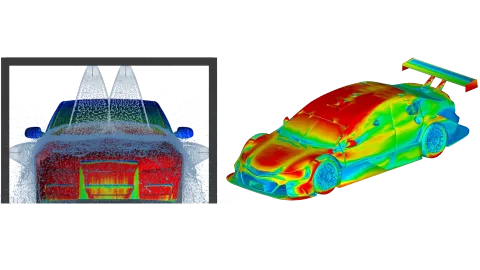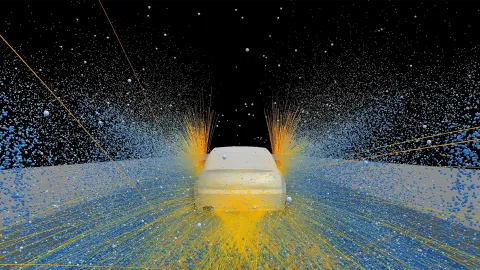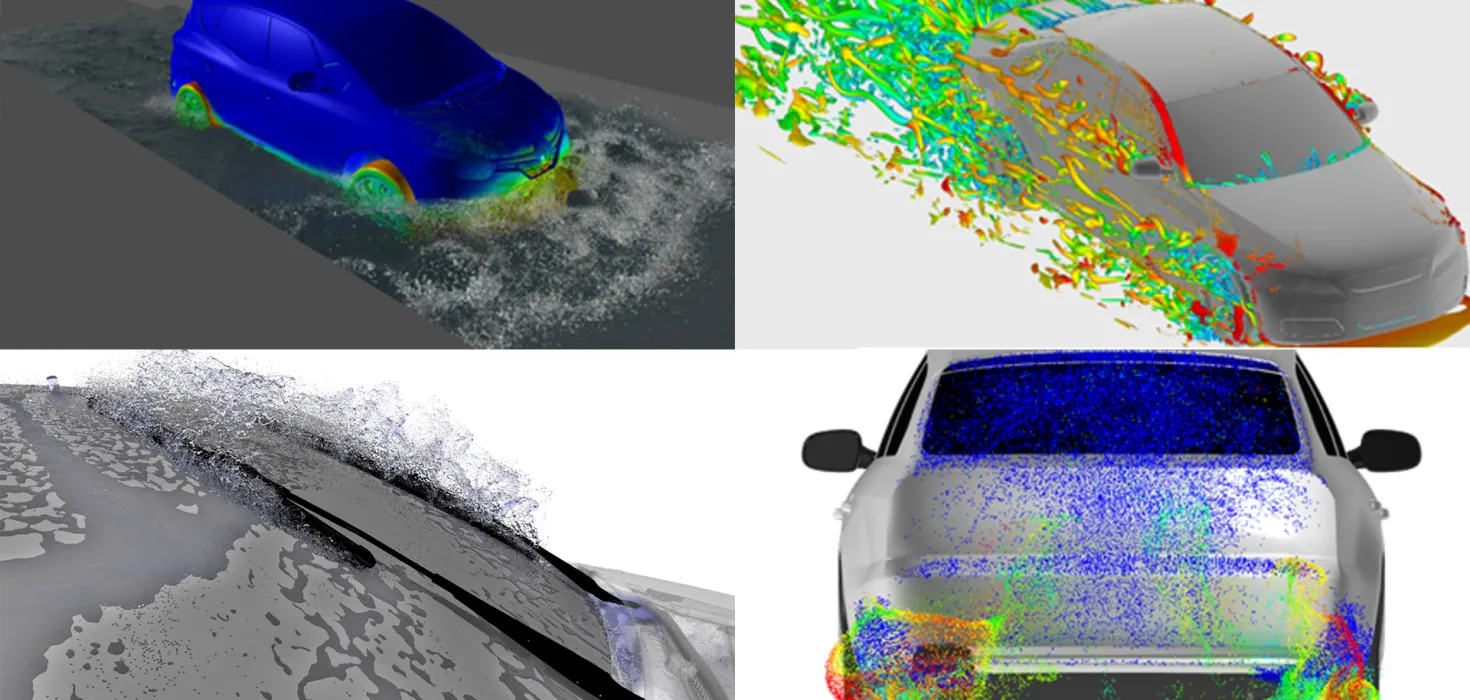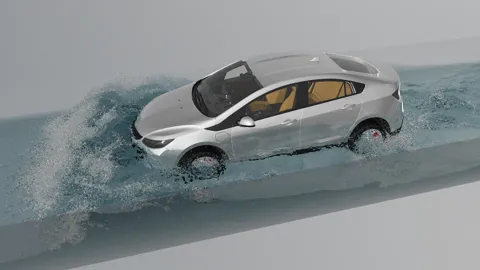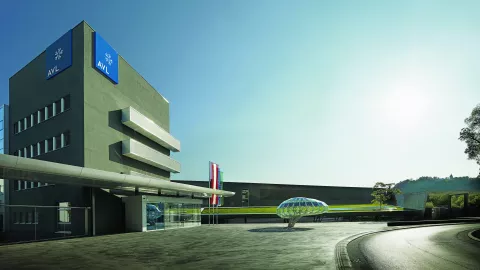Water management and vehicle aerodynamics are closely linked. Over the course of a calendar year, a vehicle is confronted with various forms of water. Rainwater alone presents several challenges. When driving in the rain, water must be optimally drained from the vehicle. If snow and ice accumulate or windshields and windows mist up from the moisture, it's not just unpleasant. It is a safety risk. The same applies to soiling of the vehicle. In any case, care has to be taken to ensure that the water does not get into areas of the vehicle where it can cause damage.
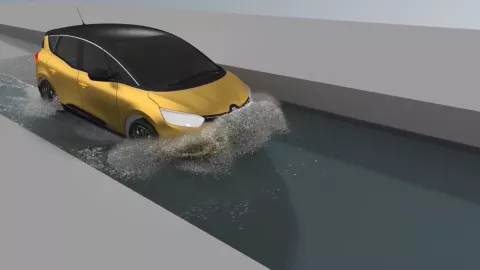
One point that should not be forgotten is self-pollution. Particular key points on the vehicle are places where flow separation takes place - for example, on the side mirrors, where suction can occur.
In order to optimize the body aerodynamically, a wide variety of tests are carried out on the prototypes. Every change to the design naturally leads to new prototypes and tests. Virtual Twins now make it possible to carry out a large part of the tests without a real prototype and in the office.

